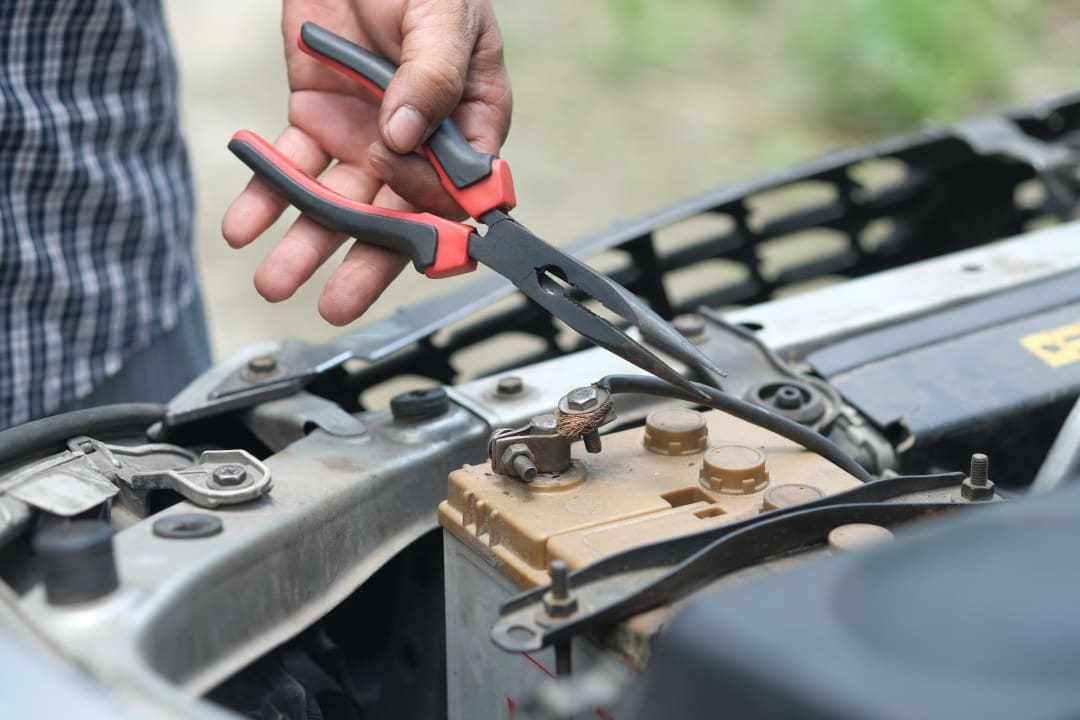
Maintenance and Repair of Electric Tricycle Motors: A Comprehensive Guide
September 21, 2023Top Electric Tricycle Maintenance Tips for Longevity
September 26, 20231. Pay Attention to Waterproofing in Rainy Weather:
When parking an electric tricycle in rainy weather, it’s advisable to cover it with plastic sheeting or a rain cover. This helps prevent water from entering the electrical components and causing issues such as short circuits in the wiring, damage to the controller, braking system, horn, and other equipment. Rainy conditions can lead to excess water on the road, and if an electric tricycle is driven through standing water for an extended period or left outdoors in continuous rain, excessive moisture can cause the controller to become overly damp and short-circuit, resulting in malfunction.
2. Carry a Sponge for Convenient Cleaning:
Place a sponge behind the seat of your electric tricycle. This allows you to wipe away dirt and mud from the surface of the tricycle conveniently. Sponge cleaning is effective for removing mud and rainwater. Compared to regular cloth, sponges are easier to clean, and even if you replace them frequently, it won’t cost much.
3. Regularly Lubricate Moving Parts:
It’s essential to lubricate moving parts on your electric tricycle regularly. Over time, without lubrication, tricycles may develop squeaky sounds during rides. Proper lubrication not only eliminates these sounds but also makes riding smoother. Lubricate parts like bearings to ensure their longevity and optimal functioning.
4. Let Your Electric Tricycle Rest in Bad Weather:
When weather conditions are unfavorable, it’s advisable not to ride your electric tricycle. While short-term effects may not be apparent, prolonged exposure to adverse weather conditions can have a detrimental impact on your tricycle’s lifespan.
Dealing with Electric Tricycle Faults:
When your electric tricycle experiences a malfunction, the first step is to observe the nature of the problem. Malfunctions can vary, including issues with wheel rotation, power loss, or malfunctioning lights. These problems can typically be categorized into two types:
- Intermittent Issues (Soft Faults): These problems occur sporadically without a clear pattern. For example, a loose connection in the controller may cause intermittent power loss. Diagnosing soft faults may involve analyzing relevant parameters and, if necessary, replacing faulty components.
- Consistent Issues (Hard Faults): Hard faults are those that persist consistently without changing characteristics. For instance, a damaged power switch might lead to an inability to turn off the motor. In such cases, replacing the faulty part is often the most effective solution.
In both cases, it’s essential to minimize the scope of the problem and identify key areas for repair. While simple issues can be addressed with basic troubleshooting knowledge, complex problems may require professional assistance. When in doubt, consult a technician for accurate diagnosis and repair.
Also, You can read Top Electric Tricycle Maintenance Tips for Longevity for more Rainy Weather skills.
Additionally, for minor issues such as brake cable problems or headlight malfunctions, it’s best to seek help from a professional mechanic to avoid causing secondary damage due to incorrect repair methods.
Please note that while these tips provide general guidance, the specific nature of electric tricycle issues may require specialized knowledge and skills for proper diagnosis and repair.

